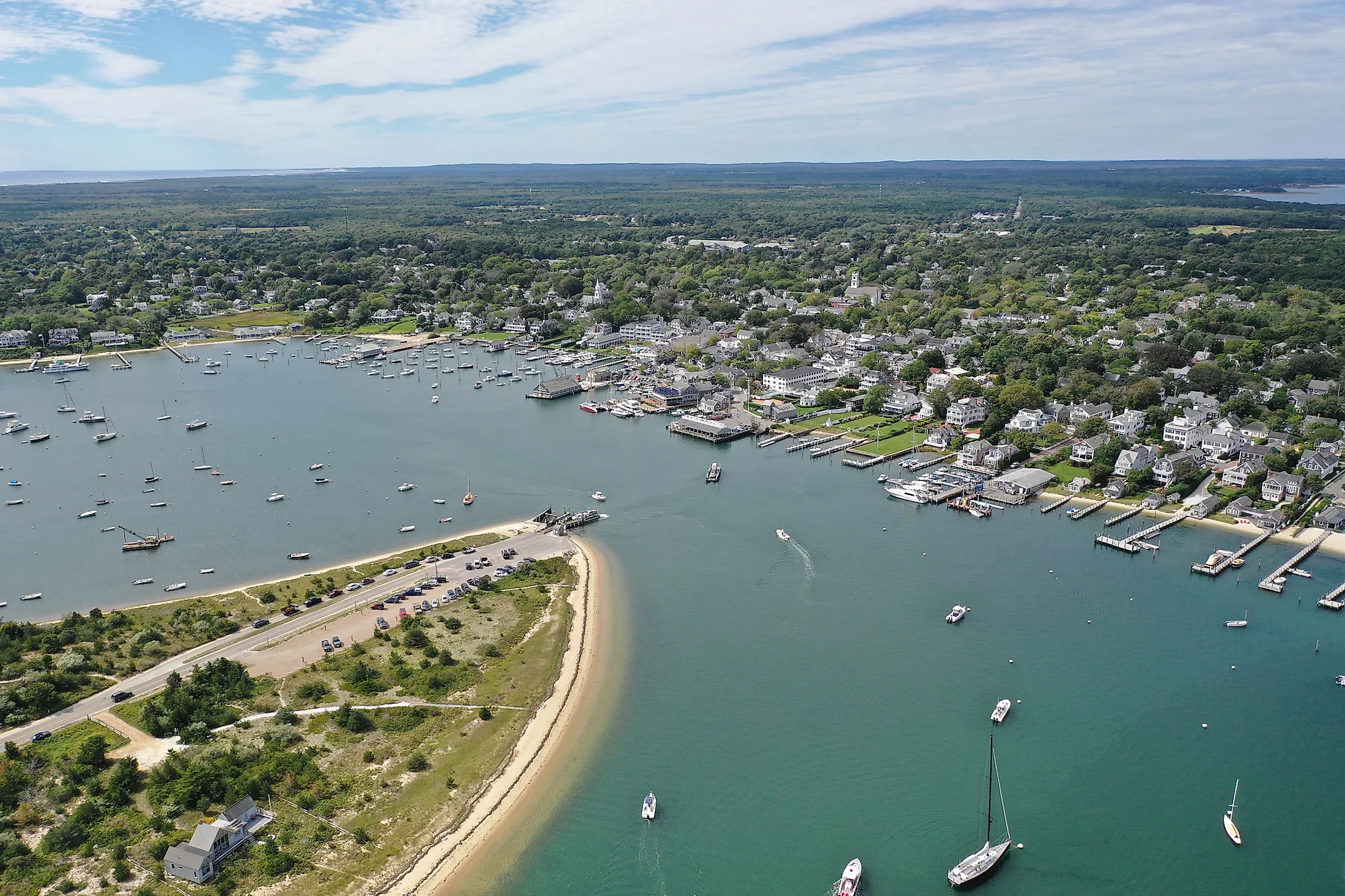
Martha’s Vineyard, Massachusetts
Martha's Vineyard is an island situated off the southern coast of the US state of Massachusetts, of which it is part. The island is home to a few small towns and a population of just over 17,000 people. Originally inhabited by Native Americans of the Wampanoag nation, Englishmen first settled it in the mid-17th century. Up until the 19th century, the economy of Martha's Vineyard relied on fishing and whaling. However, in the early 19th century, it began attracting visitors from the mainland who were eager to take in the island's natural beauty. Today, Martha's Vineyard continues to be a popular vacation site, especially during the summer months.
Geography Of Martha's Vineyard
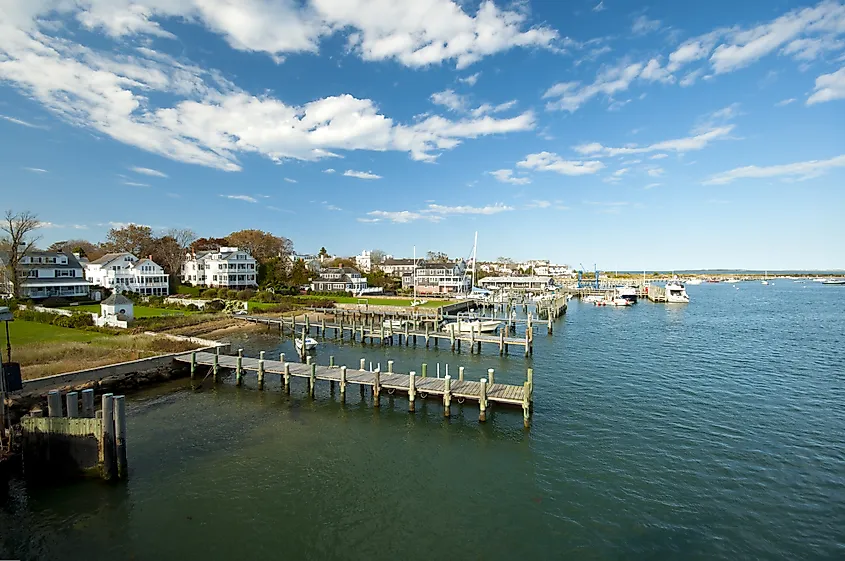
Martha's Vineyard is situated 6 km across Vineyard Sound from the Cape Cod Peninsula, part of the Massachusetts mainland. To the east of Martha's Vineyard, across Nantucket Sound, is Nantucket Island. A small island called Normans Land lies off the southwestern corner of Martha's Vineyard. To the northwest of Martha's Vineyard, across the Vineyard Sound, are a series of smaller islands, including Nonamesset Island, Naushon Island, Pasque Island, Nashawena Island, and Cuttyhunk Island.
The island of Martha's Vineyard itself is 32 km long and 3-16 km wide. It sits at an elevation of 95 meters above sea level at its highest point. The island's coastline features numerous inlets and ponds sealed by sand spits from the ocean. Chappaquiddick Island, an island immediately adjacent to the east of Martha's Vineyard, is usually considered part of the latter, even though it is technically a separate island.
Towns Of Martha's Vineyard
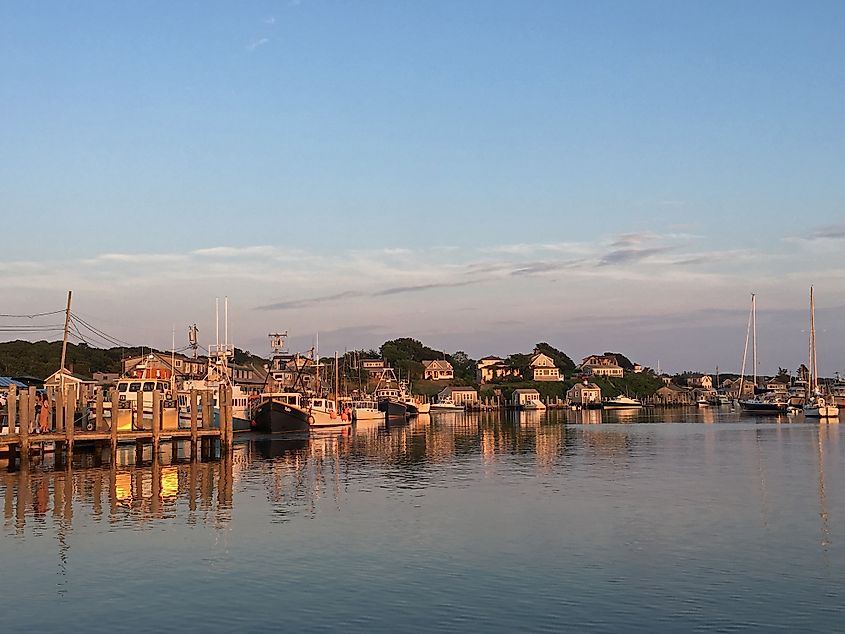
Martha's Vineyard has six small towns: Aquinnah, Chilmark, Edgartown, Oak Bluffs, Tisbury, and West Tisbury. People who live on the island often call themselves "up-island" or "down-island." The "up-island" area refers to the western, more rural towns of West Tisbury, Chilmark, and Aquinnah. In contrast, "down-island" refers to the busy port towns of Tisbury, Oak Bluffs, and Edgartown. There are also villages within the towns. For example, the village of Vineyard's Haven is located in Tisbury, and Chilmark has a fishing village called Menemsha.
Population Of Martha's Vineyard
As of 2016, the island of Martha's Vineyard had a population of 17,084 residents. The largest of the island's towns is Oak Bluffs, with 4,647 residents. Edgartown is the second-largest, with a population of 4,247, followed by Tisbury (4,072), West Tisbury (2,306), Chilmark (1,216), and Aquinnah (596). The remainder of Martha's Vineyard's population lives in smaller rural communities. However, these figures do not consider Martha's Vineyard's seasonal residents and vacationers. The overwhelming majority of the permanent population of Martha's Vineyard, 88.1%, is white. People of mixed racial heritage make up the next largest population group at 4.8%, while African Americans comprise 3.7%, and Hispanic & Latinos 1.7%. More than 90% of the island's residents were born in the United States.
Economy Of Martha's Vineyard
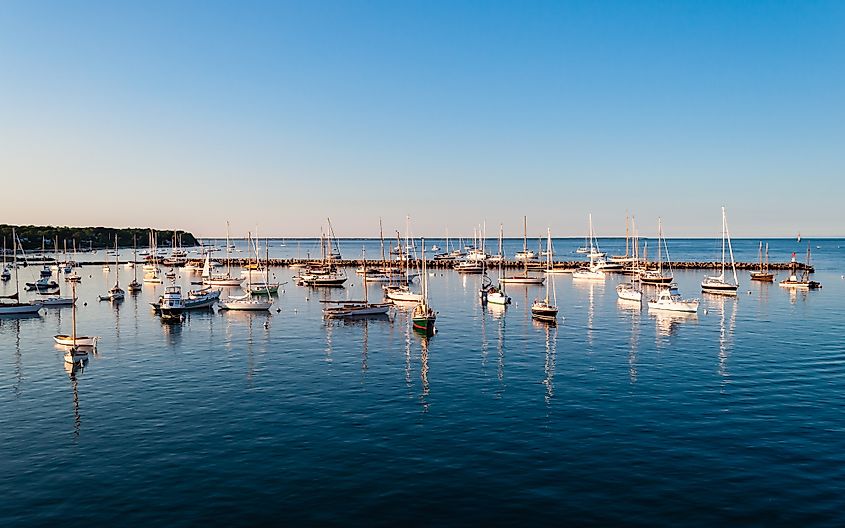
Tourism is the main driver of Martha's Vineyard's economy. The key sectors are hospitality services (food and accommodation), retail, construction, and real estate. Much of the available employment on the island is seasonal. Thus, the unemployment rate tends to be significantly higher during the winter than in the summer. Small businesses dominate the island's economy, most of them locally-owned. It is estimated that more than 70% of businesses on the island have between one and four employees. Locals consume only around one-third of goods and services on Martha's Vineyard. Hence seasonal residents and tourists are responsible for most of the island's consumption. The island tends to have a higher cost of living than the rest of Massachusetts.
History Of Martha's Vineyard
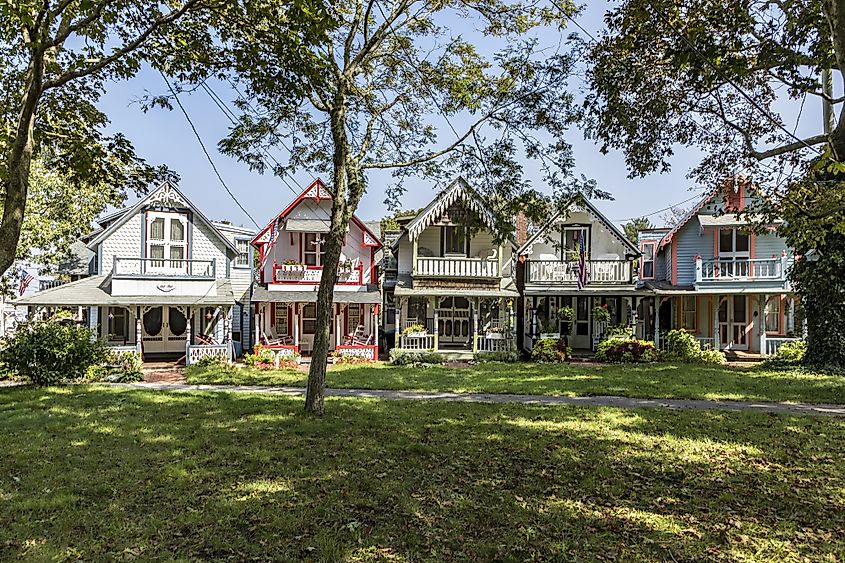
Before the arrival of Europeans, Martha's Vineyard was inhabited by Native Americans of the Wampanoag nation. In 1602, an Englishman named Bartholomew Gosnold arrived on the island. He called it Martha's Vineyard, likely in honor of his daughter and because he found wild grapes on the island. The first permanent European settlers began moving to the island in the mid-17th century. Among them was Thomas Mayhew Sr., who would become the island's first governor. The arrival of European settlers on Martha's Vineyard proved catastrophic for the indigenous population. Most of the island's 3,000-strong indigenous population was wiped out by European diseases for which they had no immunity. The people of the Aquinnah tribe of the Wampanoags, for whom the town is named, are the last of the Native American population to survive.
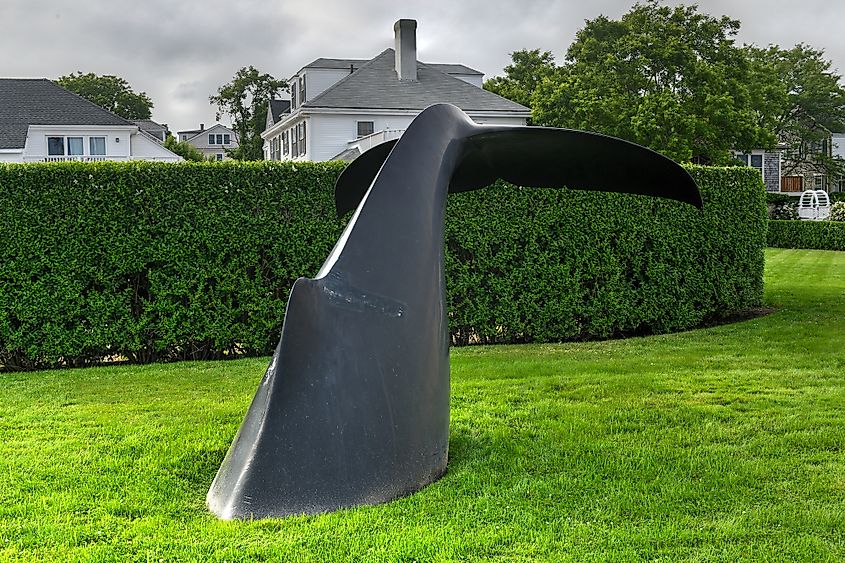
In the early 19th century, whaling became a popular industry, and Martha's Vineyard provided the crews and shore services needed for whaling expeditions. The wealth generated from whaling was used to build decadent mansions on the island. But by the mid-19th century, the whaling industry declined and eventually vanished from Martha's Vineyard. Thus, the island's residents made their living from fishing, farming, and providing crews for ships sailing the rough waters on the route between Boston and New York City.
A significant event took place on Martha's Vineyard in 1835 to change the island's economy forever. It was a religious revival meeting, which proved so popular that it was repeated the following year and attended by some mainlanders. These mainlanders spread the word about the attractiveness of Martha's Vineyard as a place to spend leisure time. By the 1870s, cottages had sprung up in what would become Oak Bluffs. This was the beginning of Martha's Vineyard's tourism industry, sustaining the island's economy today.
Attractions On Martha's Vineyard
Arguably, Martha's Vineyard's most popular attraction is the island's natural environment. Among the island's natural attractions are its beaches. It should be noted that the waters of the north shore beaches are calmer, as opposed to those on the southern beaches facing the Atlantic Ocean, which can be rough and choppy. Martha's Vineyard also features abundant fishing grounds. A public agency called Martha's Vineyard Land Bank provides public fishing access around the Island from Cape Poge Gut on Chappy to Moshup Beach in Aquinnah.
Each town on Martha's Vineyard has its own unique attractions and points of interest. For example, the Flying Horses Carousel in Oak Bluffs is the oldest operating platform carousel in the United States and a National Historic Landmark. Fans of the movie classic Jaws may be interested in seeing some of the places on Martha's Vineyard where it was filmed, including Vineyard Haven Harbor, Cow Beach in Edgartown, and Menemsha Harbor in Chilmark.











